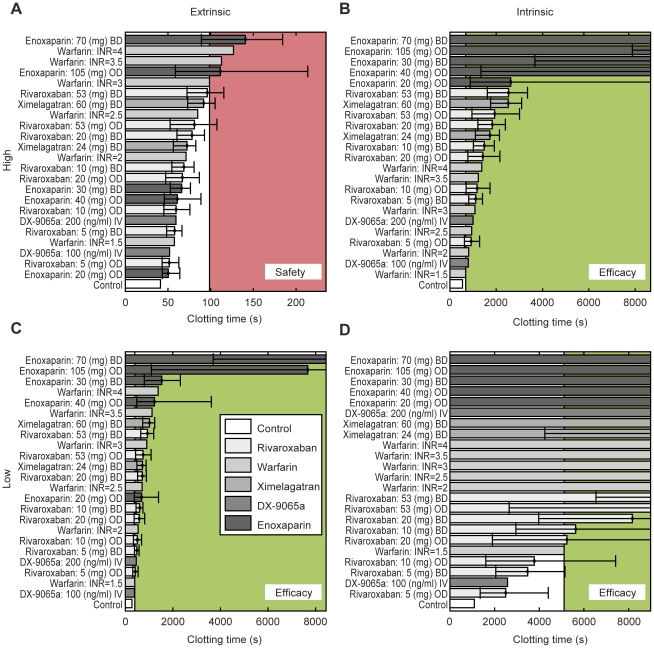Figure 10. Benchmarking of anticoagulants based on clotting times using physiologically plausible trigger concentrations.
Error bars show the spread of the clotting time within the therapeutic concentration range (difference between Ctrough and Cmax); clotting time at Cmean was used for the main bar. The strong extrinsic trigger (TF 10−11 mol/l, seconds; Table 3) is considered as safety relevant (A). The (red) shaded area indicates safety-relevant prolongation of clotting times above the effect of warfarin titrated to an INR of 3, which is used as a safety reference. All therapies below the level of this therapy are considered safe. The other three triggers (B: Factor XIIa 10−11 mol/l; C: TF 10−14 mol/l; D: 10−14 mol/l) are considered as efficacy relevant. The effect of warfarin titrated to an INR of 1.5 is used as an efficacy reference and all therapies reaching inhibition above the level of this therapy (green shaded area) are considered efficacious. BD, twice daily; Cmax, maximum concentration; Cmean, mean concentration; Ctrough, minimum concentration; INR, international normalized ratio; i.v., intravenous; OD, once daily, TF, tissue factor.

